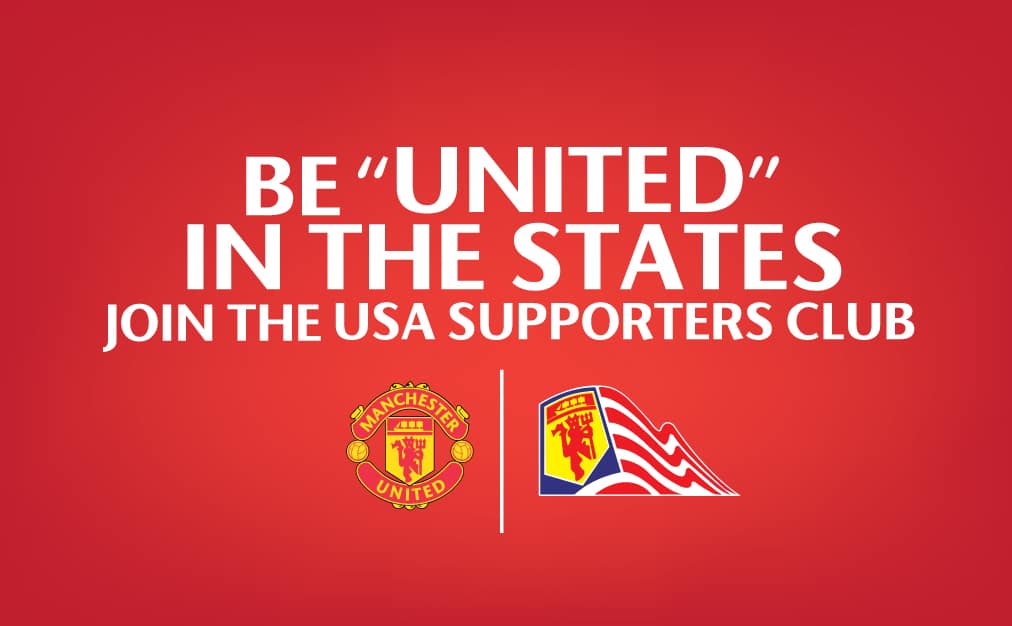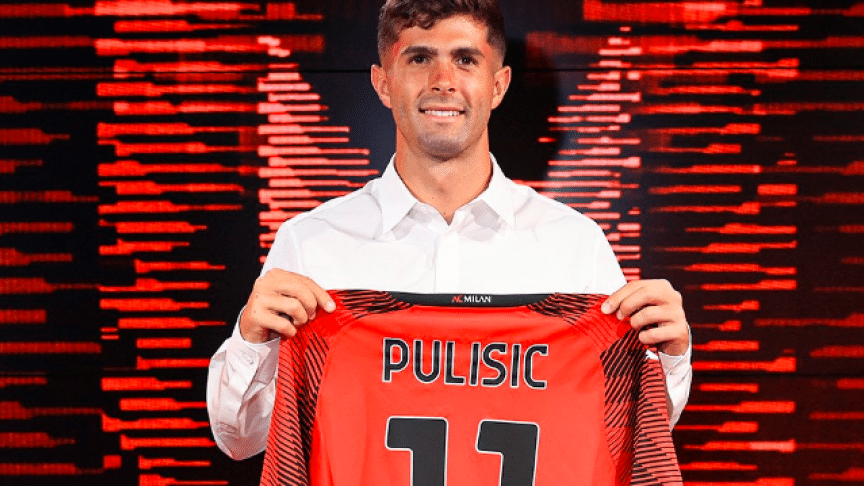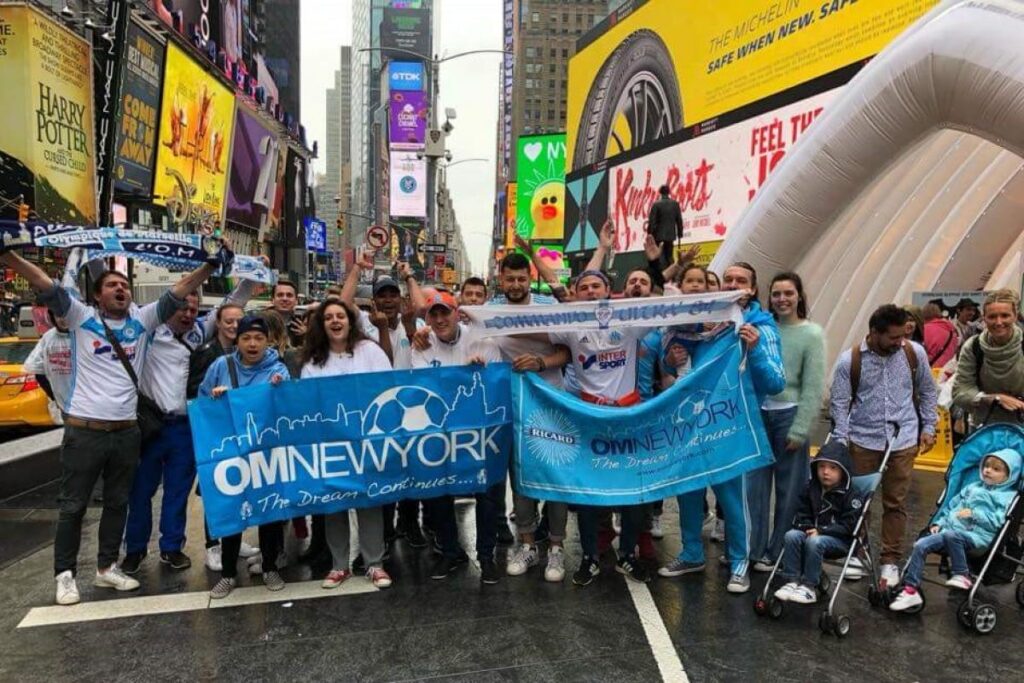How European Soccer is Winning Hearts Across the USA: A Deep Dive
As European soccer continues its unprecedented surge in popularity across the United States, its influence is unmistakable in the bustling sports landscape of America. From the electrifying matches of the Premier League to the strategic battles in the UEFA Champions League, “European soccer in USA” has evolved from a niche interest to a mainstream phenomenon, captivating millions of fans. This deep dive explores the multifaceted reasons behind the sport’s growing appeal, illustrating how European football is not just winning matches, but also the hearts of American spectators. Join us as we explore the game’s transcendent journey across the Atlantic.
Growing Popularity of European Soccer in USA
Over the past decade, there has been a significant surge in the popularity of European soccer in the USA. Fans are now more informed, emotionally invested, and enthusiastic about clubs like Manchester United, Real Madrid, FC Barcelona, and Bayern Munich. These teams have become household names, with their jerseys worn by kids and adults alike across American cities. This heightened interest isn’t limited to coastal metropolises like New York and Los Angeles; it’s flourishing in suburbs and heartland towns, proving that the allure of European football has transcended regional boundaries. The growth of streaming platforms has made it easier for American audiences to access games, highlights, documentaries, and behind-the-scenes content in real time, fostering a deeper connection with European clubs.

The accessibility to European soccer matches has reshaped how Americans follow sports. Younger fans, in particular, are turning their backs on traditional American sports in favor of the speed, precision, and culture of European football. Social media also plays an essential role in this cultural shift; viral goals, controversial moments, and player storylines travel quickly, captivating a demographic intent on global experiences. The Premier League, La Liga, Serie A, and Bundesliga are effectively competing with the NFL and NBA for American viewer attention—an unimaginable notion two decades ago. As this trend continues, the very fabric of sports culture in the USA is being dramatically reshaped.
The Influence of Premier League and UEFA Competitions
The English Premier League has firmly established itself as the most watched foreign sports league in the United States. With its fast-paced gameplay, global stars like Mohamed Salah and Erling Haaland, and its English-speaking appeal, it serves as an easy gateway for Americans new to European soccer. NBC Sports’ full-scale broadcast rights and coverage have contributed significantly to this success, providing high-definition games, expert commentary, and digital content that meets the expectations of American audiences. Premier League match days have become weekend rituals for many fans across the nation, often celebrated in sports bars and local pubs.
Additionally, the prestigious UEFA Champions League has captured American admiration due to its sheer quality and drama. The knock-out format, club rivalries, and rich international storylines offer a compelling theater that resonates with U.S. sports fans who are used to playoff scenarios. The tournament’s ability to bring together the best clubs from multiple countries adds a unique global appeal. Streaming platforms like Paramount+ have made UEFA content more accessible, allowing fans to follow their favorite teams regardless of time zones. The exposure has developed a deeper appreciation for clubs and leagues outside just the English system, enriching the American fan’s overall soccer education.
Role of Media, Streaming Services, and Social Platforms
Traditional media outlets and modern streaming services have drastically amplified the presence of European soccer in the USA. Legacy networks like ESPN and NBC have devoted hours of programming to the UEFA and Premier League games, often accompanied by sophisticated pre-match and post-game analysis. Meanwhile, modern giants like ESPN+ and Paramount+ are making inroads by providing exclusive content such as live match coverage, interviews with athletes, and documentaries that explore the emotional depth behind teams and historic rivalries. This abundance of content has allowed even casual viewers to absorb rich contextual backgrounds on players and clubs, thereby elevating overall fan engagement.
Social media platforms serve as another powerful engine behind the sport’s rapidly growing fanbase. From TikTok highlights to viral Twitter debates, fans across the United States are participating in global conversations happening simultaneously in London, Milan, or Munich. Players like Kylian Mbappé or Jude Bellingham have not just become stars on the pitch but also influential figures on Instagram and YouTube. This constant social exposure fuels curiosity and loyalty, turning a one-time viewer into a lifelong supporter. Fans are no longer passive consumers; they are part of a vibrant ecosystem that blurs geography and time, pulling them deeper into the world of European football.
American Players in European Leagues
One of the most compelling reasons for the rise of European soccer in the USA is the increasing number of American players making waves in top-tier European clubs. Christian Pulisic, Weston McKennie, Gio Reyna, and Tyler Adams have become symbolic gatekeepers, inspiring a new generation of American fans to follow European clubs more closely. Pulisic’s success with Chelsea and now AC Milan has drawn millions of fans to the Premier League and Serie A, respectively. These athletes are not merely benchwarmers; they are starters, playmakers, and at times, the face of their teams. Their presence offers American fans a personal inroad into a world that previously felt distant.

Their impact goes beyond just representing the United States. These players are competing at the highest level, gaining invaluable experience, and showcasing the potential of American soccer on a global stage. As a result, there’s a growing perception among fans and aspiring players that Europe is the pinnacle of football excellence. Parents now encourage their children to dream of playing in the Bundesliga or La Liga, and U.S. soccer development programs are actively emulating European training models. This cyclical effect—performance abroad driving interest at home—strengthens the cultural and emotional bond Americans have with European leagues.
The Influence of International Fan Clubs and Local Community Events
Local fan clubs dedicated to European soccer teams are sprouting up in cities across the U.S., from Boston to Austin. These groups organize match viewings, charity events, trivia nights, and community gatherings, creating a sense of camaraderie that mirrors the clubhouse culture seen in Europe. For many fans, these clubs serve as more than just social gatherings; they are spaces where allegiance is worn on their sleeves—sometimes literally, as the latest kits and scarves are proudly sported. These grassroots movements contribute to a bigger cultural shift, reinforcing the idea that following European soccer in the USA is a lifestyle rather than a mere hobby.

These local gatherings help bridge the time and distance separating American fans from their favorite European clubs. Watch parties at 7 a.m. for Premier League games have become a norm, turning an ordinary café into a raucous sea of Liverpool or Arsenal supporters. Moreover, official clubs backed by European teams like Bayern Munich, Manchester City, and FC Barcelona have been setting up sanctioned American chapters, often participating in soccer festivals, community service, and even youth development programs. These community-building events bring a sense of authenticity and belonging that has made European football more personal and emotionally relevant to fans in the USA.
Impact on Youth Development and Soccer Culture
The growing affection for European soccer in the USA is significantly influencing youth soccer culture. American clubs and academies are increasingly adopting European training methodologies to emulate the technical prowess seen in teams like Ajax or Barcelona. Young players are now exposed to tactical philosophies like gegenpressing or possession-based gameplay at an earlier age. Coaches frequently reference European coaching programs, and more elite youth players are seeking trials or training stints with European clubs, hoping to jump-start international careers. This European influence is refining the American player profile from purely athletic to one that’s also tactical and cerebral.

Accent shifts in soccer fandom are also visible in how today’s kids idolize players. Gone are the days when Beckham was the lone European name on young lips; today’s youth follow Lionel Messi at PSG or Inter Miami, Erling Haaland at Manchester City, and Jude Bellingham at Real Madrid. Their bedrooms are adorned with posters of UEFA Champions League moments rather than Super Bowl highlights. This changing idolization signals a wholesale cultural shift, one where European soccer is no longer foreign—it’s aspirational and relatable. As this younger generation matures, it’s likely that their passion will shape the broader American soccer scene in unprecedented ways.
How European Soccer is Winning Hearts Across the USA: A Deep Dive
As more eyes shift towards Europe every weekend, it’s clear that **European soccer in the USA** isn’t just a passing fascination—it’s a seismic cultural realignment. With enhanced accessibility through streaming, an influx of American talent in top-tier leagues, and an energized community of fandom that transcends digital and social platforms, the connection between the U.S. and European football is deeper than ever. The presence of European clubs on U.S. soil during summer tours and their partnership with local fan clubs has only solidified this transatlantic bond. Americans are not just fans anymore; they are stakeholders in the global football narrative.
What lies ahead is promising. Youth academies are evolving, television networks are investing more, and brands are recognizing the marketing potential in this growing fanbase. As American supporters continue to absorb the intricacies of club history, rivalries, and playing styles, their appreciation only deepens. It’s no longer unusual to hear chants echoing in sports bars on a Saturday morning or to see kids wearing Borussia Dortmund kits in schoolyards. The passion for **European soccer in the USA** has grown roots—and those roots are only getting stronger.